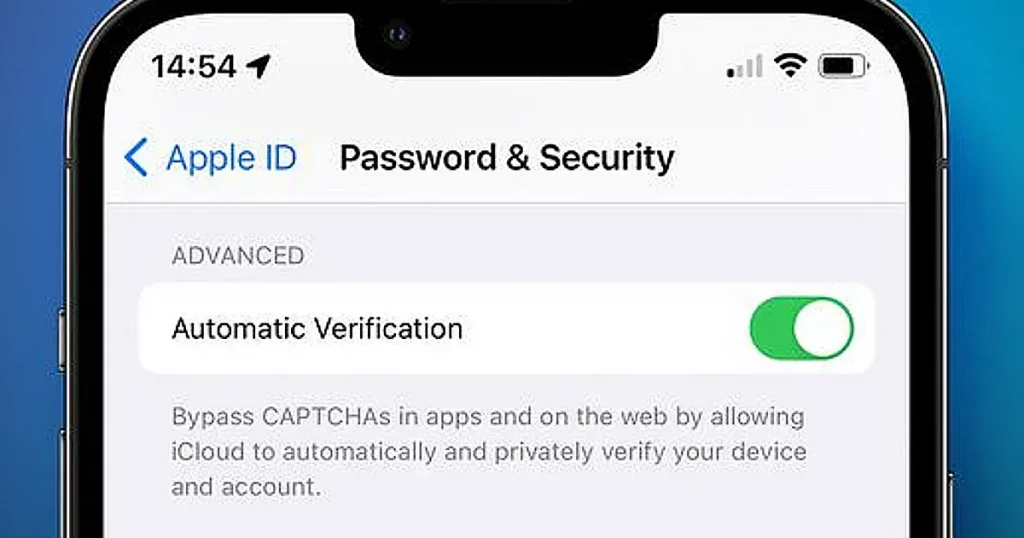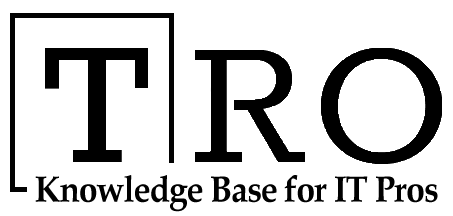Did Apple Solve the Problem of Annoying CAPTCHAs with its Latest iOS 16 Feature?
With the latest unravelling of the iOS 16 at the WWDC 2022, Apple took a step forward towards reddening users of the annoying CAPTCHAs around the web. Apple’s upcoming feature will soon let users bypass the annoying questions and puzzles we encounter throughout the web to pass the bot verification tests on several websites. So, how does Apple ease our lives and make internet surfing less annoying with its latest iOS 16 feature?
Automatic Verification for Annoying CAPTCHAs

Automatic Verification, as spotted by MacRumors and explained by Apple in a blog post, is the tech giant’s latest feature. It will come with the iOS 16, probably after the launch of the iPhone 14 series in September or October 2022. In one of its blog posts, Apple explained that its upcoming Private Access Token on iOS 16 will enable websites to know the system accessing the platform is genuine and not a bot.
At the WWDC 2022, Apple announced various upcoming features that the company will be unloading soon. One such feature that will make surfing and browsing the internet less annoying is the ‘Automatic Verification’ feature. It will prevent users from the infamous hassle of authenticity verifications via CAPTCHAs. The feature will roll out to iPhones and Macs, and will allow certain websites to know that you are not a bot—without you having to do something.
Keeping Privacy in Mind
Apple has previously revealed that the technology behind this feature is Private Access Tokens. To develop it, Apple collaborated with two major contact delivery networks—Fastly and Cloudflare. The entire process will be carried out with privacy in mind—at least that is what’s expected of Apple. Servers will request tokens using a new HTTP authentication method, ‘Private Token’. These tokens are then used as a part of a cryptographic process to confirm the server that “client was able to pass an attestation check.”
Apple further explains that these cryptographic situations are unlinkable. This implies that servers that receive tokens can only check that they are valid, but they cannot discover client identities or recognize clients over time. The process factors in certificates stored in your iPhone, iPad, or Mac Secure Enclave, then verify that the Apple ID associated with those certificates is in good standing.
Moreover, Fastly and Cloudflare are already developing support for this new Privacy Pass standard. Both companies have already enabled their issuer services and other companies can sign up later in 2022 through Apple’s website.
The ‘Automatic Verification’ feature is enabled by default in the first betas of iOS 16, iPad 16, and macOS Ventura. You can find it by navigating to your Apple ID settings, choosing “Privacy and Security,” then looking for the new “Automatic Verification” toggle at the bottom.
The Dark Sides of CAPTACHs
A CAPTCHA or Completely Automated Public Turing Test (to tell) Computers and Humans Apart is the internet’s least favorite security tool. Everyone has, at least more than once in their lifetime, undergone a CAPTCHA test. Based on the Turing Test developed in 1950 by British mathematician Alan Turing, computers were given a series of mathematical challenges designed to distinguish human behavior from machine counterparts.
In the 2000s when bots, malware and viruses swarmed the internet by imitating human-like patterns, the CAPTCHA was developed. By 2010, CAPTCHA had become one of the most popular tools for cybersecurity and led to Google acquiring the technology for around $27.8 million. In a separate video, Apple Internet Technologies executive Tommy Pauly explained that CAPTCHA and site puzzles, sometimes, restrict real humans with disabilities. “Private Access Tokens are what allow servers to automatically trust clients new in iOS 16 and macOS Ventura”, the video noted.
Read Also : Will Telegram’s Premium Subscription help the WhatsApp with Sustainable Monetization?
Anwesha has been a creative writer for a while. Currently, on her pursuit of tech writing, she is diving into the realms of technology to produce better content on the forever-changing world of technology. In her free time, you’ll find her humming tunes of her favourite shows or reading a book.

